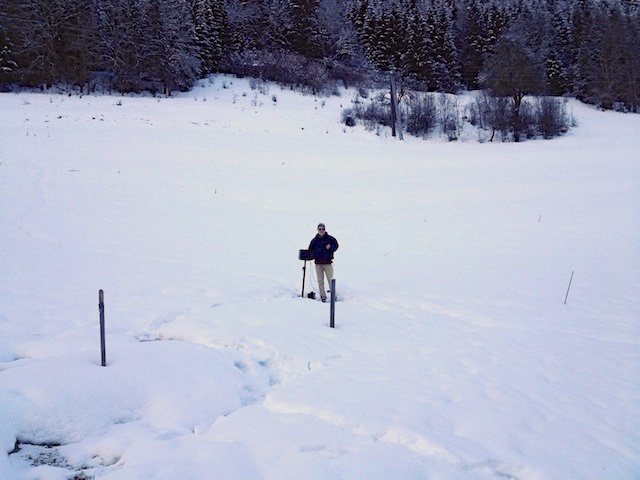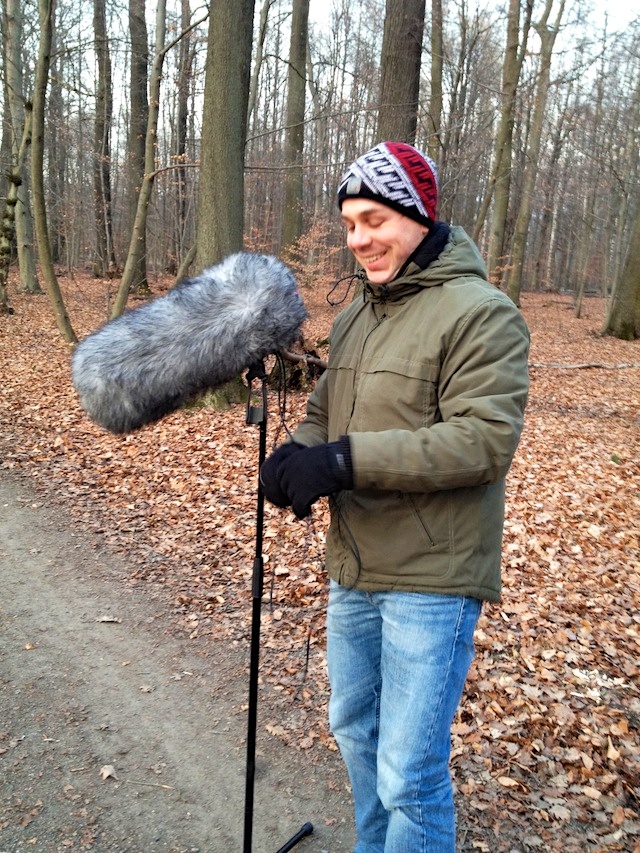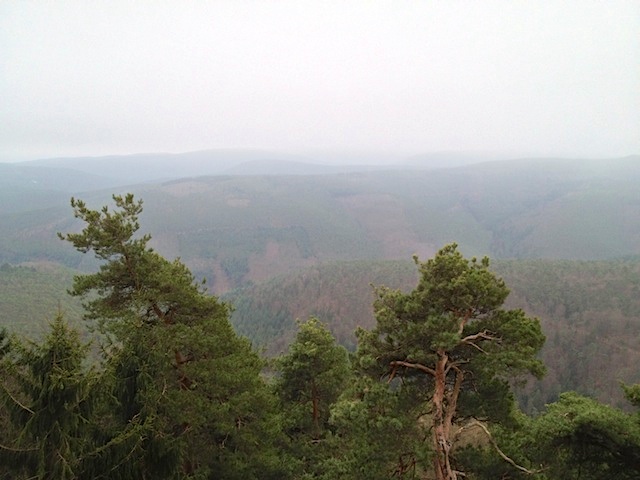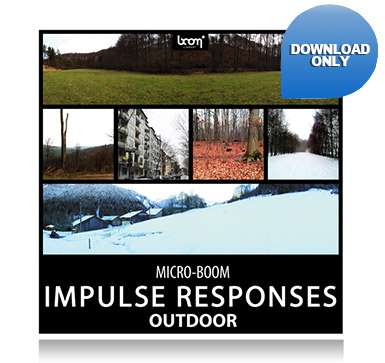Again, our Creative Director Axel Rohrbach gives you an interesting glimpse behind the scenes. This time it’s all about the challenging production of our IMPULSE RESPONSE – OUTDOOR library. Enjoy
IMPULSE RESPONSES – BEHIND THE SCENES
(axr) Welcome to this little “Making of“ that’s all about our library „Impulse Responses – Outdoor“. The first question that always comes up is „Why would you do such a library?“. During our work we always find it pretty hard to place specific sounds into specific locations and make them sound plausible or realistic. Since the day that impulse response reverbs came out and with a growing number of libraries containing useful responses, it became easier and easier to put specific sounds into indoor locations such as cellars, halls, living rooms or even less common places like cars, trains or airplanes. However, we always had trouble to place voices, animals and so forth into outdoor locations.
Outdoor reverbs are extremely complex. We never figured out how to create a satisfying outdoor reverb using algorithmic reverbs and delays. It always sounded too light and it was lacking enough evolving echoes. Indoor impulse responses – even only as an addition – always give the sound a clear indoor character. So we thought: let’s do this, let’s go out and record outdoor impulse responses.
There is a lot of information out there for creating the best and most natural responses and we did a lot of excessive testing. This is something I want to talk about right now.
First topic: microphones.
The first recordings we did were starter pistol shots using our main setup, a Sennheiser 8040 XY configuration. The results sounded a bit weak and not that dense as it was at the original location. We also had some difficulties to center the source impulse because the XY set is a bit sensitive when it comes to slight panorama shifting. So a first recording day was for the trashcan. After analyzing our recordings we thought it would probably be better to use omni mics in a A/B configuration, as seen in many good working indoor impulse responses from other manufacturers. So we went out into the cold, dark forest again, recording a bunch of shots using two mic stands for two omnis in A/B configuration. This was even worse. There was a lot of phasing going on because it was absolutely impossible to get the exact measured distances between the source, the left and the right microphone on this uneven terrain. There was no clear center, there was no mono compatibility and it mostly was shifted to either the right or left side in the panorama.
So we started using the Hammerhead, two omni microphones with a distance of 33cm. Considering the “three to A/B” rule this means the minimum distance to the source should be 1m, which was more than enough for our purposes. This setup was extremely easy to handle, provided a very natural, dense stereo image and the set up was easy enough for outdoor purposes.
Second thing was to go out and record sweeps. We built up a setup for that, including a heavy battery to be able to power some good speakers out in the field even at these low temperatures. As for the speaker we chose the Genelec 1031, a fairly good mix of weight, size, loudness and frequency response.


The recordings went fine, the noise floor was low. However, the deconvolution process took a lot of time each time we wanted to review the usage of a recording. That wasn’t the worst part. About 90% of those recordings did not result in a success, meaning that after the deconvolution process an error message “can’t find sweep” occurred. The other 10% resulted in pretty dead, short something, more like distance simulation than reverbs. For our purposes those sweep recordings were not usable at all. We tried a whole bunch of distances but none of them either worked or captured the long tails we were after. With those experiences, we tried a gun shot directly compared to a working sweep. It was pretty clear that the shot did capture all the echoes we were after and they not only did work fine, but also were much more flexible considering a usage with different impulse reverb plug-ins.
After all the testing, the ups and downs and a lot of travelling later, we had to decide if we want to go the “oldschool way of recording starter pistols”-thing. But the results with the starter pistol were so impressively good and useful, we decided to do it. We made a plan what to include in the library. From our test recordings we knew what kind of location resulted in what kind of reverb. We only had a few impulse responses with no forest, which was simply because all those trees reflected sound very diffuse, giving a nice, dense reverb covering most frequencies over a good amount of time.

The downside is: it has to be as cold as possible so that less birds are active and the less leaves are on the trees, the better or louder the echoes will be. Wind is an extreme issue during those recordings, especially in forests. Even the slightest wind will create a noise floor howling through the branches and leaves so we had to be very flexible and there was no real good way for planning recording trips. It was more like “today there seems to be no wind. Let’s go – NOW!”. So the gun was always loaded, the batteries loaded, the bags packed. The recording took place at temperatures between -20°C (-4°F) up to 0°C (32°F). We really had to walk around a lot, which was a pretty interesting experience at those temperatures. However, another bonus is: there are much less pedestrians out there when it is that cold.

It was interesting how a rather dense, plane forest sounds more like a plate reverb, a field with trees in the distance give a nice late echo, how hills create the moving and rolling reverb and that very narrow creeks can sound like indoor. We thought it would be cool to have some urban reverbs as well, but after some testing we figured out that buildings can easily be simulated by delays in addition to outdoor reverbs – or even better: reverbed delays.

Designing new outdoor impulse responses out of the existing ones is very easy. We did a few examples. Just pick the impulse you like most, either with or without the tail, then add tails from other impulses responses of the library. Going even further: panning, volume automation or adding algorithmic reverbs and delays give you an extremely broad palette of tools to create super large outdoor impulses.
We had a lot of fun doing all those re
cordings. And even more: we have some very useful reverbs here that we use a lot. We hope you will find those as useful as we do.
Your Axel Rohrbach
Click here to get to the product page with a audio demos, a video tutorial and take a glimpse at the track list of the library.




